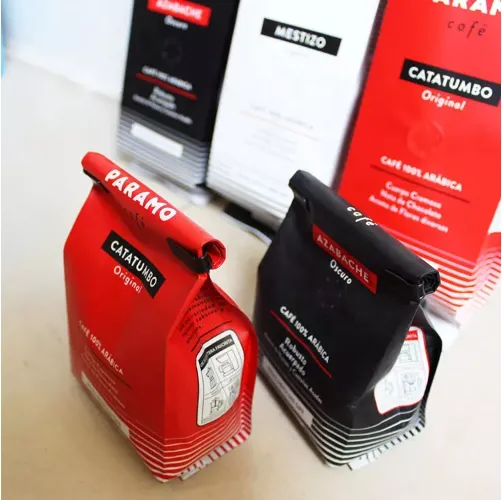- Afrikaans
- Albanian
- Amharic
- Arabic
- Armenian
- Azerbaijani
- Basque
- Belarusian
- Bengali
- Bosnian
- Bulgarian
- Catalan
- Cebuano
- chinese_simplified
- chinese_traditional
- Corsican
- Croatian
- Czech
- Danish
- Dutch
- English
- Esperanto
- Estonian
- Finnish
- French
- Frisian
- Galician
- Georgian
- German
- Greek
- Gujarati
- haitian_creole
- hausa
- hawaiian
- Hebrew
- Hindi
- Miao
- Hungarian
- Icelandic
- igbo
- Indonesian
- irish
- Italian
- Japanese
- Javanese
- Kannada
- kazakh
- Khmer
- Rwandese
- Korean
- Kurdish
- Kyrgyz
- Lao
- Latin
- Latvian
- Lithuanian
- Luxembourgish
- Macedonian
- Malgashi
- Malay
- Malayalam
- Maltese
- Maori
- Marathi
- Mongolian
- Myanmar
- Nepali
- Norwegian
- Norwegian
- Occitan
- Pashto
- Persian
- Polish
- Portuguese
- Punjabi
- Romanian
- Russian
- Samoan
- scottish-gaelic
- Serbian
- Sesotho
- Shona
- Sindhi
- Sinhala
- Slovak
- Slovenian
- Somali
- Spanish
- Sundanese
- Swahili
- Swedish
- Tagalog
- Tajik
- Tamil
- Tatar
- Telugu
- Thai
- Turkish
- Turkmen
- Ukrainian
- Urdu
- Uighur
- Uzbek
- Vietnamese
- Welsh
- Bantu
- Yiddish
- Yoruba
- Zulu
Comparing Closed Loop and Open Loop Recycling Systems for Sustainable Waste Management
Closed Loop vs. Open Loop Recycling Understanding the Differences and Implications
Recycling has become a cornerstone of waste management, forming an integral part of sustainability efforts in the face of growing environmental concerns. As societies seek to minimize waste and promote a circular economy, recycling processes can generally be categorized into two primary models closed loop recycling and open loop recycling. Understanding the distinctions between these approaches is crucial for effectively managing materials and reducing our ecological footprint.
Closed Loop Recycling
Closed loop recycling refers to a process where used materials are recycled back into the same product, effectively creating a closed cycle. This method ensures that the same items can be reused repeatedly without losing their properties. A prime example is the recycling of aluminum cans. When these cans are collected and processed, they can be melted down and remolded into new cans with virtually no loss in quality. This not only conserves raw materials but also significantly reduces energy consumption compared to producing new aluminum from ore.
The closed loop approach offers several benefits, including
1. Resource Conservation By recycling materials back into the same product, closed loop systems help conserve the natural resources that would otherwise be mined or harvested for new products.
2. Reduced Environmental Impact This method minimizes the transportation emissions associated with acquiring raw materials and helps decrease overall greenhouse gas emissions.
However, implementing closed loop recycling can be challenging. It requires a robust infrastructure for collection and sorting, as well as a strong market for the recycled products. Additionally, certain materials may not be suitable for closed loop recycling due to degradation in quality after multiple cycles.
Open Loop Recycling
closed loop vs open loop recycling

In contrast, open loop recycling involves converting used materials into different products. This process represents a broader spectrum of recycling where the original material is transformed into various other products. For instance, a plastic bottle may be recycled into fibers for carpets or clothing. While open loop recycling also significantly contributes to waste reduction, it has different implications for sustainability and resource management.
The advantages of open loop recycling include
1. Versatility Open loop recycling can process a wider variety of materials, allowing for greater utilization of waste that may not have a straightforward reuse path in closed loop systems.
2. Broader Market Opportunities There is often a larger market for recycled products created through open loop processes, which can stimulate innovation and the development of new applications for recycled materials.
3. Waste Diversion Open loop recycling helps divert materials from landfills, reducing the volume of waste and promoting a more sustainable waste management approach.
Despite these benefits, open loop recycling also faces challenges. One significant issue is the potential loss of material value. When materials are transformed into entirely new products, the quality of the material may degrade, and its inherent value may diminish over time. Additionally, some open loop processes can be more energy-intensive than closed loop recycling, potentially offsetting some environmental benefits.
Conclusion
In summary, both closed loop and open loop recycling play crucial roles in advancing sustainability and reducing waste. Closed loop recycling is effective for maintaining the quality of materials within a specific product lifecycle, while open loop recycling provides versatility and broader applications for recycled materials. The choice between these recycling methods largely depends on the materials involved, the intended outcomes, and the infrastructure available for recycling.
Moving forward, a comprehensive recycling strategy that incorporates both closed and open loop approaches may be the most effective way to promote sustainability. By maximizing the strengths of each method, societies can work towards a more efficient, eco-friendly system that conserves resources, minimizes waste, and supports a circular economy for future generations. Both consumers and businesses must strive to understand these processes and support systems that facilitate both closed and open loop recycling, which is critical for the health of our planet.













